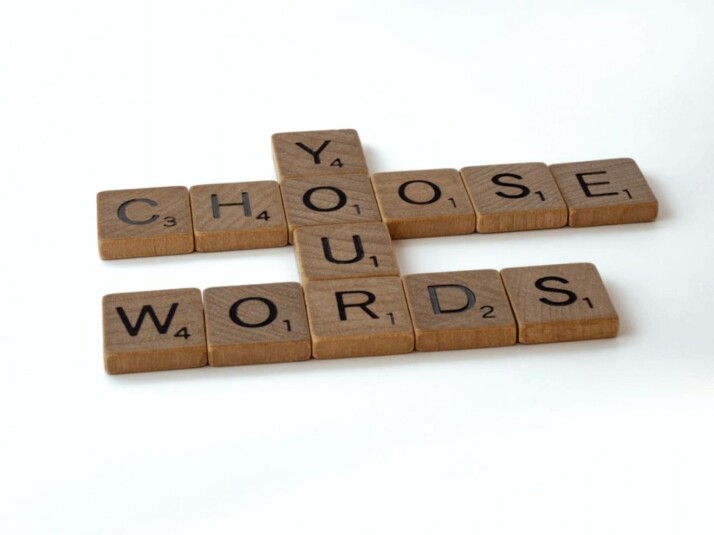Paragraph correction is an essential aspect of any writing, and here’s why.
Why Is Paragraph Correction Important?
The purpose of paragraph correction is to make a document concise, readable, and straightforward. As a result, your reader understands the action and your message better.
By correcting paragraphs, you make your work more agreeable. Fixing the errors in a paragraph is essential in reading and writing because it improves sentence structure for better understanding.
When Do You Correct a Paragraph?
People learning English as a second language might need some assistance to create compelling content. They may struggle with correct sentence construction in the initial stages.
The most important time to correct a paragraph is when there are sentence fragments. Make corrections occur in these cases because the sentence fragments in paragraphs can confuse your readers and disrupt the flow of the text.
Every sentence in a paragraph may not require line-by-line revision. However, it is best practice to correct a section when a sense of awkwardness or incoherence is present.
These corrections should be made when the meaning of one sentence is drastically different than another sentence in the paragraph.
Effective Ways to Correct a Paragraph
Paragraph correction can be a tricky task. Whether it’s a paragraph that you naively typed up yourself or one you’re writing for your professor, the process can be time-consuming.
There are a host of reasons why some paragraphs need to be corrected. These include typos, missing commas, and other grammar mistakes. Below are some ways to correct a paragraph systematically.

1. Analyze the overall structure
The first step in correcting a paragraph is to analyze the structure.
You can do this by reading the document as a whole and reading it a few times. This can be accomplished through an information hierarchy. Working in the context of a paragraph means understanding the connections between its sentences, paragraphs, and the overall project.
Notice where information is missing and infer what else could be said about the topic. It will help the reader gain a thorough understanding of what is going on.
2. Use proper punctuation
Another way to fix a paragraph is to identify punctuation errors. When writing the first draft, punctuation is usually not a top priority for the writer.
This is often because there are more pressing concerns at the time, and punctuation is frequently put down to the editing stage. However, make sure to adjust the punctuations because it impacts the meaning and context of the writing.
Use exclamation marks when expressing intense emotions and add commas to improve the flow. Don’t forget the quotation marks when enclosing a person’s exact spoken or written words.
3. Make sure the grammar is correct
Grammar is the rules that govern communication. Correcting the grammar in your writing is vital to improve reading comprehension and set a professional impression.
The problem with most texts is that they have several errors that, in turn, affect your audience’s ability to follow what you are saying. This is problematic because it might make you or a reader uncomfortable or unintelligible.
Grammar issues tend to be in categories such as diction, syntax, and morphology. Look for coherence in your sentence structure and ensure correct tenses have been used throughout the text.
4. Fix the spelling mistakes
Your paragraph must be free from spelling errors. Incorrect spellings will speak of your carelessness as a writer and make it difficult for the readers to comprehend the meaning of words.
Therefore, after you have completed writing, make sure to go through the text for spelling mistakes. One relatively straightforward way to save part of your time and avoid errors is not to make the same mistake twice.
Errors in spelling can be easily fixed in your word processor using the spell check option.
Wrapping Up
Paragraph correction is a crucial step in the writing journey. Without the proper punctuation, grammar, spelling, and structure, the reader might not understand what the author is trying to convey. To make the writing flow, correct these issues in the paragraph.
Correcting a paragraph may seem like an immense task. But as long as you make a conscious effort to fix all the mistakes within a paragraph, you should be fine.
You’ll be able to create a finer written piece. When writing professionally, remember how much feedback you will need to give your audience to get your point.
Explore All Sentence Correction Articles
Sentence Correction Rules for Good and Effective Writing
Sentence correction rules are guidelines that ensure that your writing is easy to read and understand. Rules of correction of…
A Quick Guide to Sentence Type Identifier
Before you begin writing, think about your audience. Is it an expert, professional, or an experienced writer? Use a sentence…
Improve Your Writing Using a Sentence Corrector
A sentence corrector can significantly improve your writing. What Is a Sentence Corrector? A sentence corrector is a tool powered…
A Basic Guide to Proper Sentence Structure
Sentence structure refers to a grammatical construction that guides the reader through a sentence. It is crucial to have a…
6 Tips to Craft Better and Advanced Sentences
Sentences should be different, but not in a complicated way. So, the question is how to make a sentence better…
The Importance of Paragraph Correction in Writing
Paragraph correction is an essential aspect of any writing, and here’s why. Why Is Paragraph Correction Important? The purpose of…
